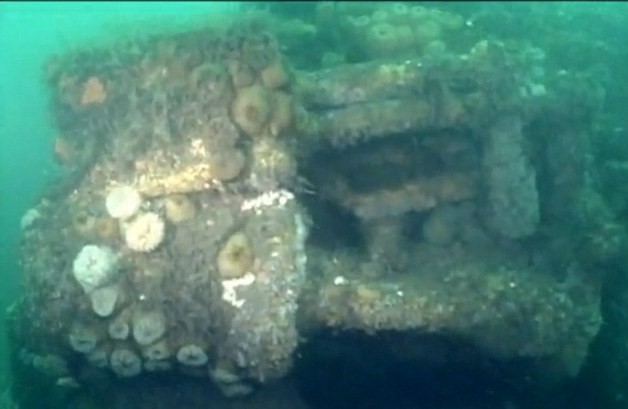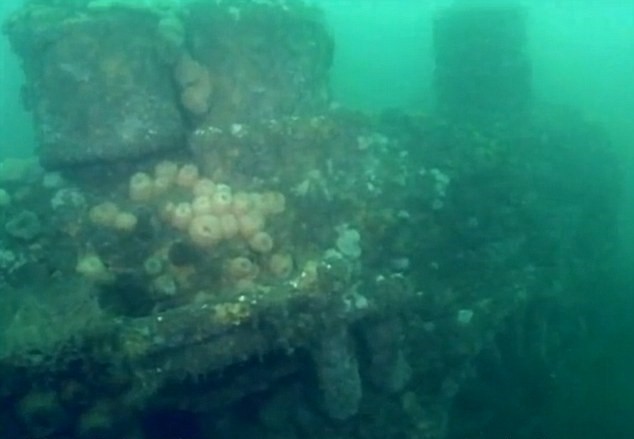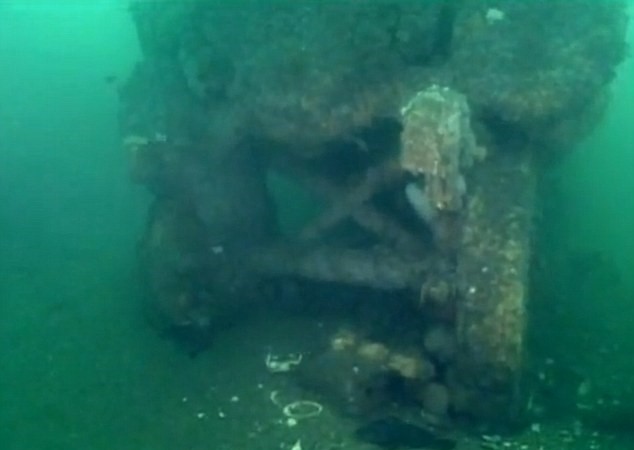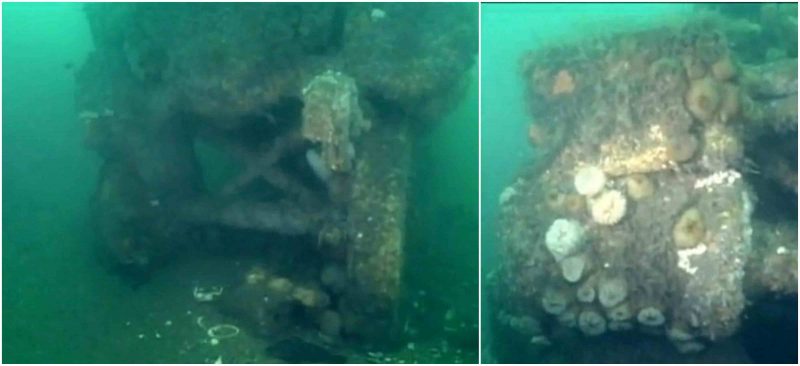We have all heard of train graveyards, but have you heard of one that is located underwater? Check this out: off the coast of New Jersey there is a deep sea train graveyard. Under ninety feet of water lie two locomotives that were lost in the 1850s.
This graveyard was found by chance by Paul Hepler back in 1985. He was mapping the bottom of the ocean with a magnometer. The device, when over the graveyard, picked up on the two huge metal objects that turned out to be the trains.
“I didn’t know what it was at first because the water was dirty and the visibility was so bad back then,’ he told the newspaper. ‘Once I got a better look at it in later dives, I could see they were locomotives.”

Despite the murky water, experts have examined the trains in their watery resting place. The locomotives appear to be a rare Planet Class 2-2-2 T models. A model that was only produced for a short time due to the unfortunate fact that they were obsolete almost as soon as they were produced.
They were small locomotives, weighing about fifteen tons, and self-contained. They were made for power, according to Dan Lieb, a member of the Philadelphia Chapter of the Explorers Club, but were too small for their time. By comparison, the other locomotives being produced at the time weighed thirty-five tons.

What remains a mystery, however, is how the two steam engines came to be sunk. There are no historical records of them being lost—in fact, there are no records of the engines being built in the first place. It could be that the records with those details had been lost or destroyed in an accident, or perhaps they never existed in the first place.
Even without historical records, experts did their best to come up with an explanation. They believe that the locomotives were being transported from Boston to the Mid-Atlantic on a barge when they encountered a storm five miles off the coast of Long Branch, New Jersey. In that storm, the engines either fell off the barge accidently, or were deliberately pushed off to lighten the load and prevent the ship from going down in the rough seas.
In whatever fashion they came to rest in their current location, the end result is that they two engines have been underwater and plagued by rust and barnacles for 160 years. In spite of that, they seem to be remarkably well preserved.

They are so well preserved that a plan to bring the locomotives back above water and restored is in the works. Mr. Lieb is currently head of that project and is working with the New Jersey Museum of Transportation to reach that goal. The restoration would not only be for the sake of train-enthusiasts, but it would an opportunity to historians and researchers to study a rare engine model and the materials and methods with which it was built. There is no word on whether the engines would be available for viewing by the public after the experts had finished, but one would think that all the effort put into restoration would warrant the two locomotives a place in the Museum of Transportation.
Dan Lieb is the perfect person to head up such a project. His enthusiasm for locomotives and related subjects is evident when he was being interviewed by the Philadelphia Inquirer. He recounted the first time he spotted the Planet Class 2-2-2 engines: “It looked like they were steaming across the bottom in a race,” he said, “you could imagine them on tracks at a station with steam coming out of the valves, and people and luggage on the platform.”
